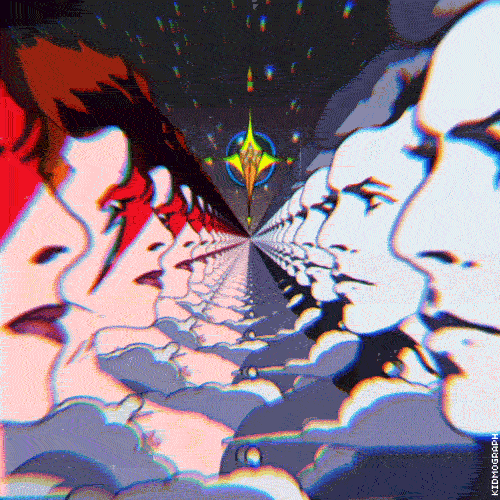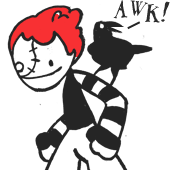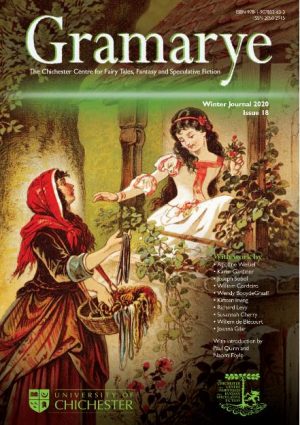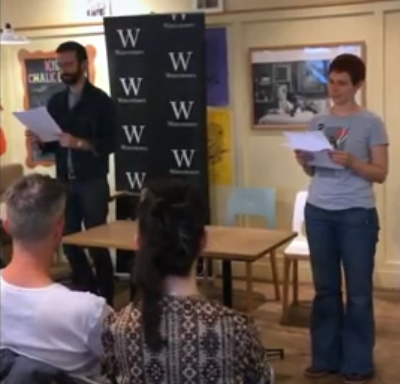In a book shop, poetry is at most divided by single author v anthology, or by time period. Most times, it is not divided at all, simply arranged alphabetically by author, which means unless you already know the author you’re after, you’re drifting somewhat.
I’ve already grumbled about disliking shopping for poetry, so I thought I might suggest a way of making browsing more satisfying, and more likely to lead to sales.
Genre boundaries.
OK, so this would likely only work for bigger displays of poetry (I mentioned Foyles in the last post), though there’s no reason simple dividers couldn’t be helpful for even a couple of shelves’ worth of material.
I would love to be pointed toward comics poetry, or New York poetry, or humour, rather than stare down the barrel of name after name and vague title after vague title, before retreating to the safety of a familiar author, and potentially miss out on discovering something new.
The problem with labelling and sorting poetry collections as sci-fi, or romance, or gothic comes with mixed-genre collections. Many resist categorisation and that’s a good thing. They are drifting and ever-shifting, like Bowie in space. It would surely be crass to pin them down.

That said, when it comes to bookshop space, even novels that resist categorisation sit somewhere. It’s the way it works. Why should poetry be exempt? Why can’t we divide up the wall of poetry with dividers marked Science Fiction, Avant-garde, Erotica?
And perhaps we need to have a think about the way collections are put together. If a poetry book so strongly resists even loose categorisation, is this symptomatic of a wider problem in poetry marketing – that of gathering together x number of pieces without thought to creating a strong book-wide identity for the material? To nip back to Bowie, perhaps we need more concept albums.
We certainly need some sort of roadmap, if we’re to ignite and hold a buyer’s interest in poetry. A way in for everyone. Better still, several ways in.



